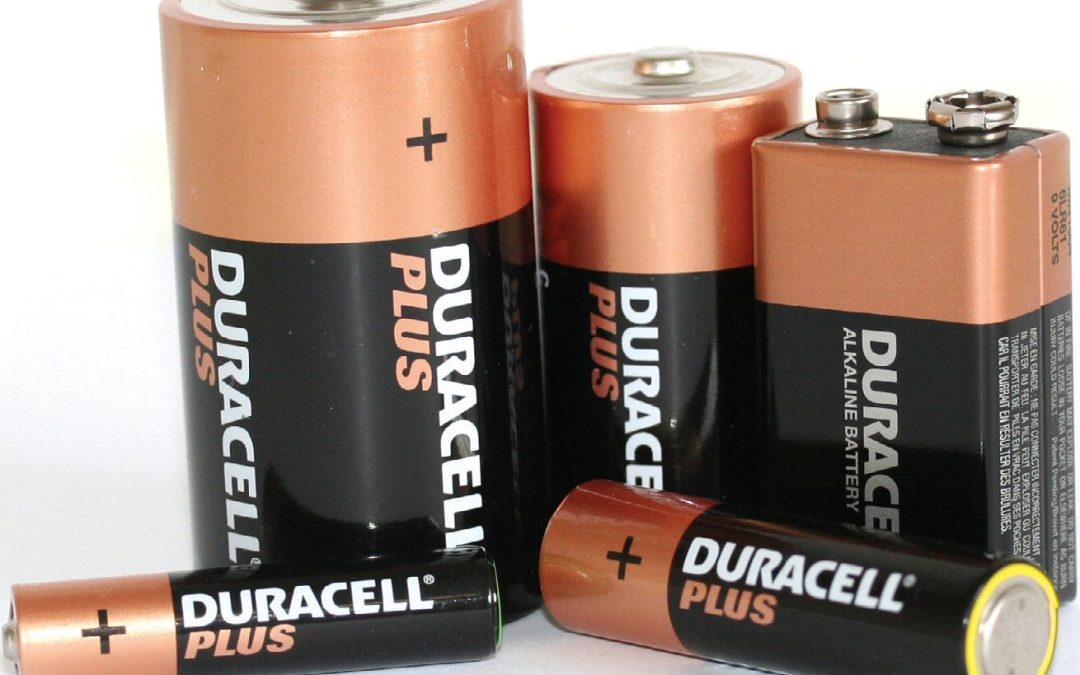Batteries are effective when it comes to reducing power outages,
as they also store additional traditional grid energy. Whenever a large amount
of power is needed all the energy sored inside of the battery can be released.
This could occur within a hospital where there’s an urgent need of power. Large-scale
batteries can also be utilised to fill short-term demand gaps in the grid. These
battery compositions can also be used to power electric cars in smaller sizes,
and they can be further scaled down to power commercial devices such as phones,
tablets, laptops, speakers, and, of course, personal gas detectors. There are 4 types of batteries, chemical,
electrochemical, electrical and mechanical.
Li-ion battery fires
When static electricity or a poor charger destroys the
battery’s protection circuit, a serious issue develops. Without the user’s
knowledge, such damage can permanently fuse the solid-state switches into the
ON position. A battery with a malfunctioning protective circuit may still
function normally, but it does not provide short-circuit safety. At this stage,
a gas detection system can determine whether there is a malfunction and may be
utilised in a feedback loop to turn off the power, seal the space, and release
an inert gas into the area to prevent a fire or explosion.
Leakage of toxic gases prior to thermal runaway
Numerous fires have been started by thermal runaway in
lithium-metal and lithium-ion cells. According to studies, the fires are fuelled
by combustible gases emitted from the batteries during thermal runaway.
A lithium-ion battery’s electrolyte is flammable and
typically comprises lithium hexafluorophosphate or other Li-salts containing
fluorine. Overheating causes the electrolyte to evaporate and eventually leak
from the battery cells. Researchers discovered that modern lithium-ion
batteries can produce significant volumes of hydrogen fluoride during a fire,
and that emission rates vary depending on battery type and state-of-charge.
Hydrogen fluoride can permeate the skin and influence deep skin tissue, as well
as bone and blood. Even with modest exposure, pain and symptoms may not appear
for multiple hours allowing damage to increase.
Numerous fires have been started by thermal runaway in
lithium-metal and lithium-ion cells. According to studies, the fires are fuelled
by combustible gases emitted from the batteries during thermal runaway.
Even with minor exposure, pain and symptoms may not appear
for several hours, during which time the damage is severe.
Hydrogen and explosion risk
Hydrogen diffuses faster than odorants, so odorants cannot be used for safety reasons in most hydrogen applications. Applicable safety standards apply to hydrogen refuelling stations and accordingly require appropriate protective equipment for all workers. This includes a personal detector that can detect both ppm hydrogen and %LEL. The default alarm levels are set at 20% and 40% LEL, which corresponds to 4% loudness. However, some applications may require custom his PPM ranges and alarm levels to quickly identify hydrogen build-up.
We offer many solutions for Battery and other power outage risks. The portable gas detectors available at our Gas Shop consist of: Crowcon T4, Gasman, and the Gas-Pro
You will also find fixed systems on our website that offer a solution such as: The Xgard, Xgard Bright and the Xgard IQ.
We also have the Vortex Control Panel to help combat this.

